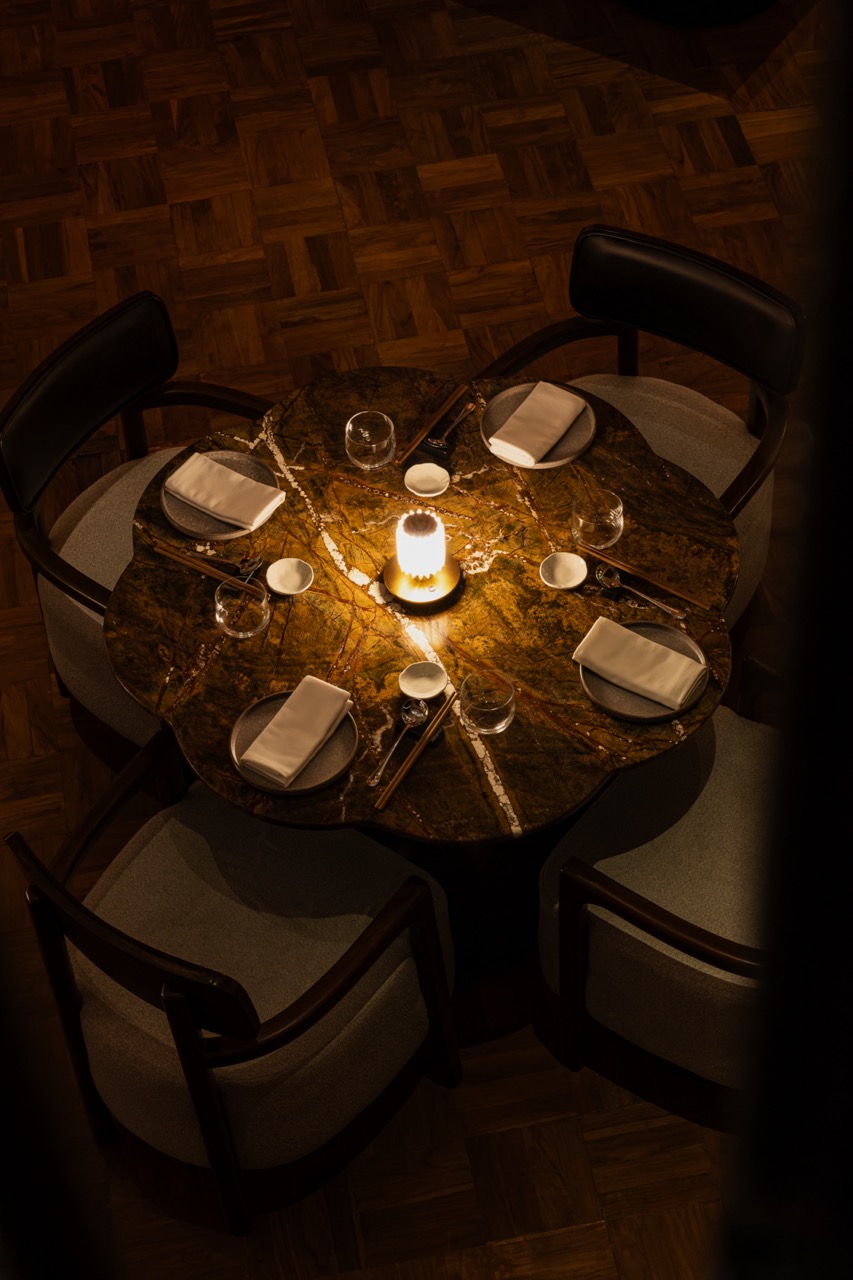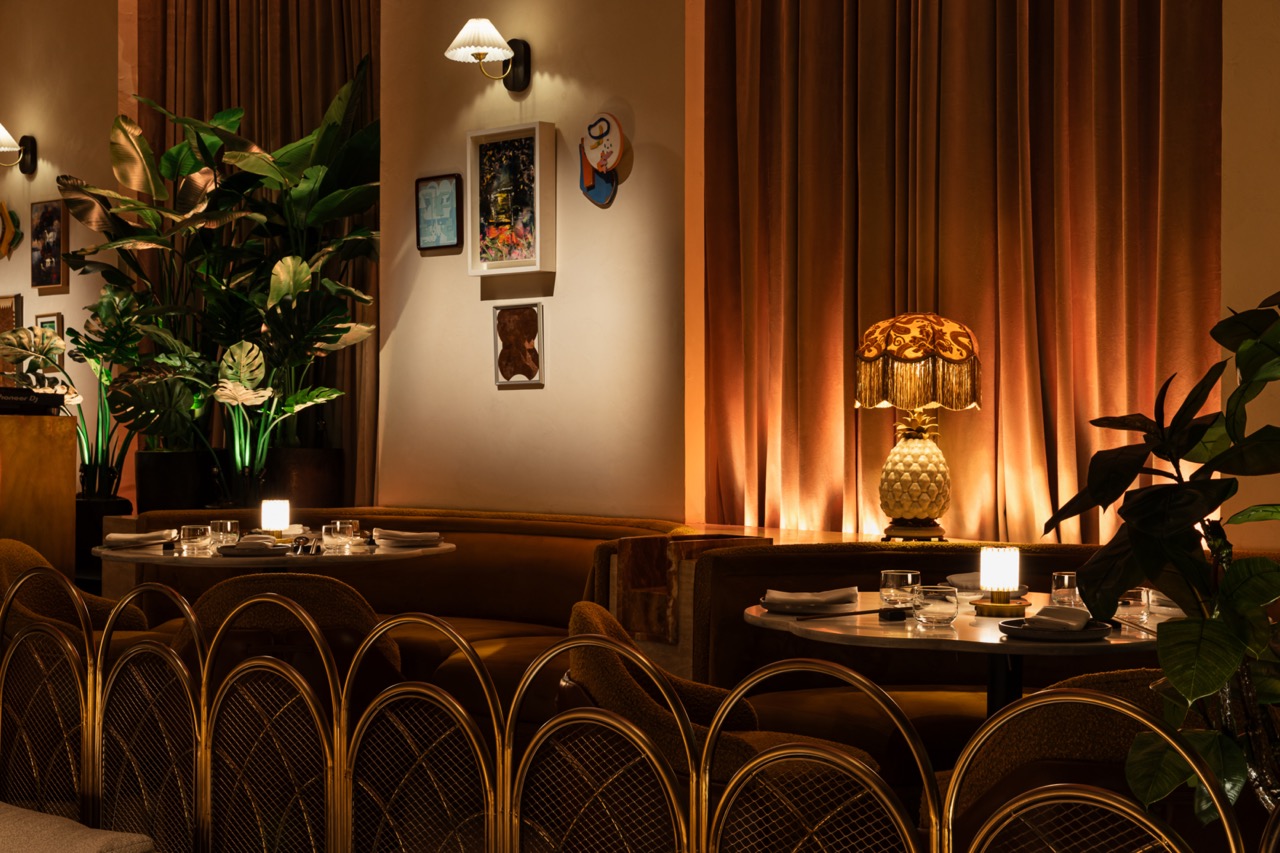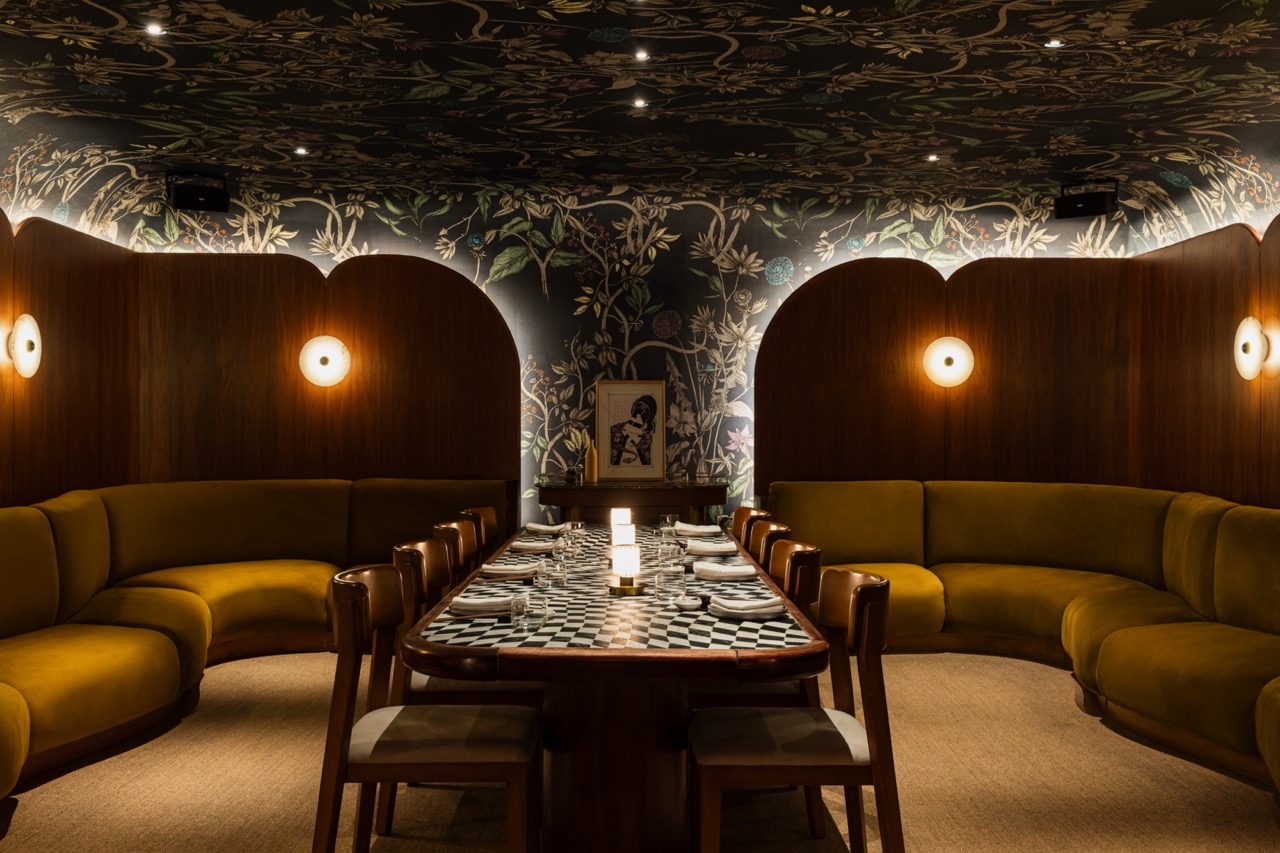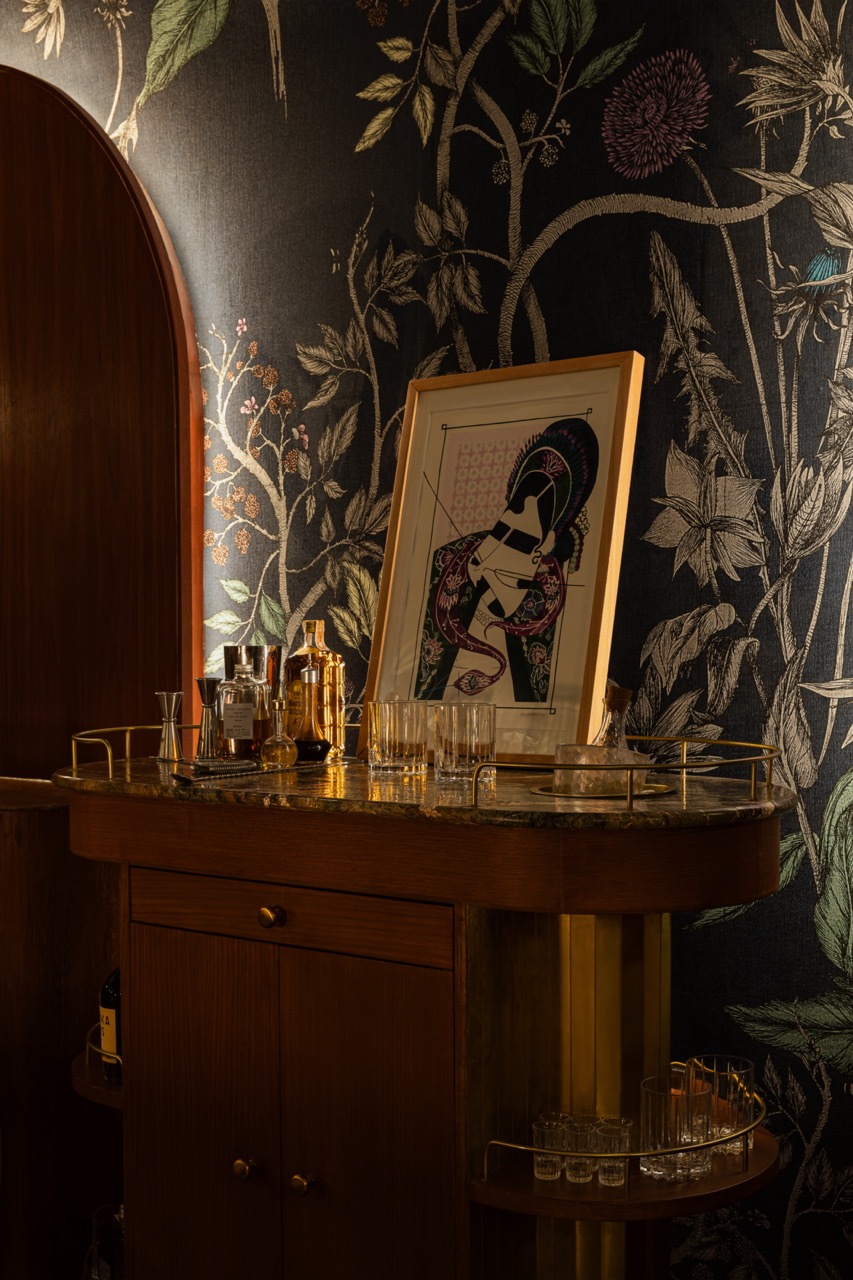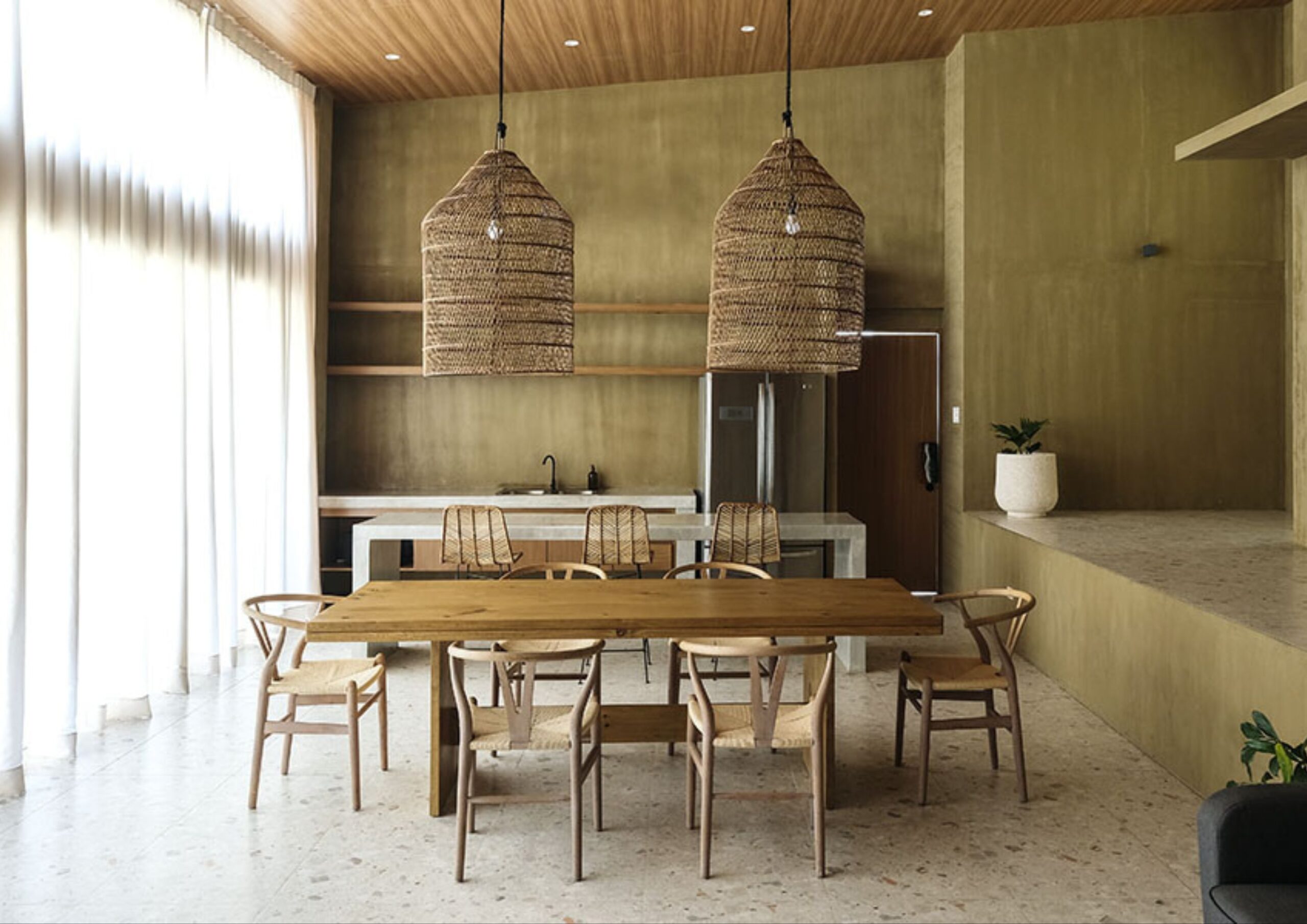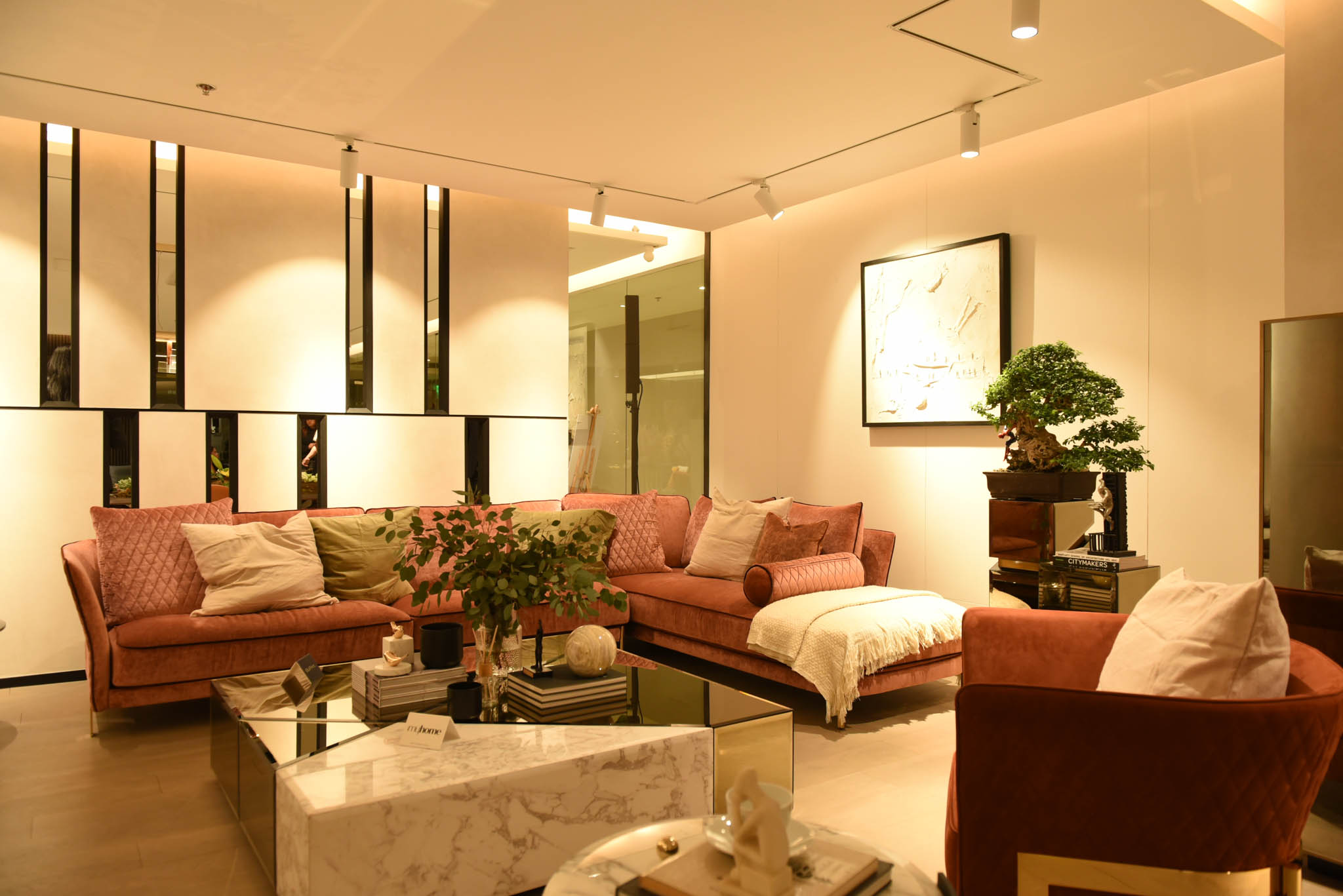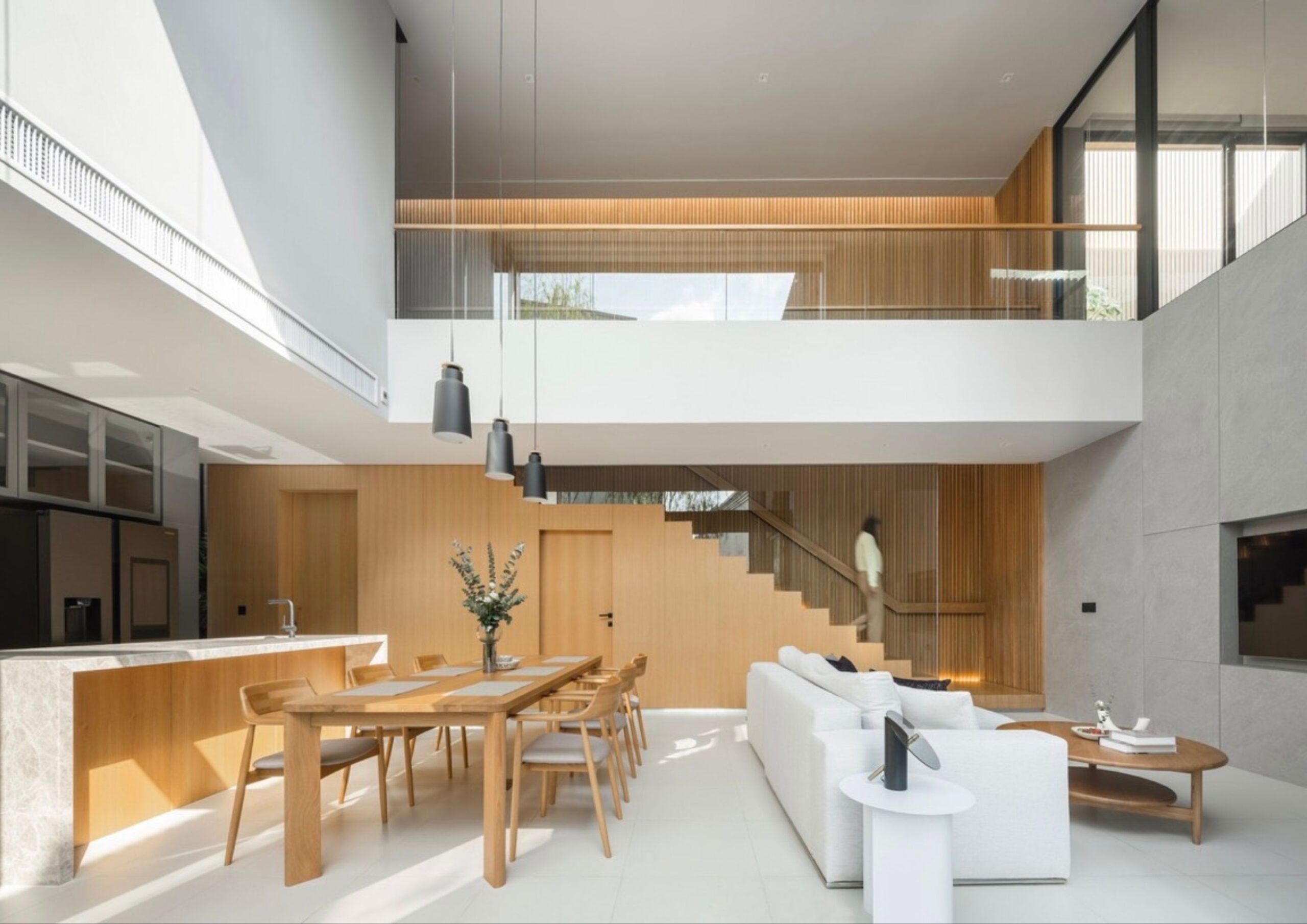God Save The Queers, Bless The Badings comes from a collaborative effort between LGBTQ+ events organization Elephant and nightclub Inferno London. Showing at Gravity Art Space until July 6, the exhibit pushes forward the idea of “queer faith,” showcasing the ways queerness and spirituality intersect over the years. Faith and spirituality as an idea has […]
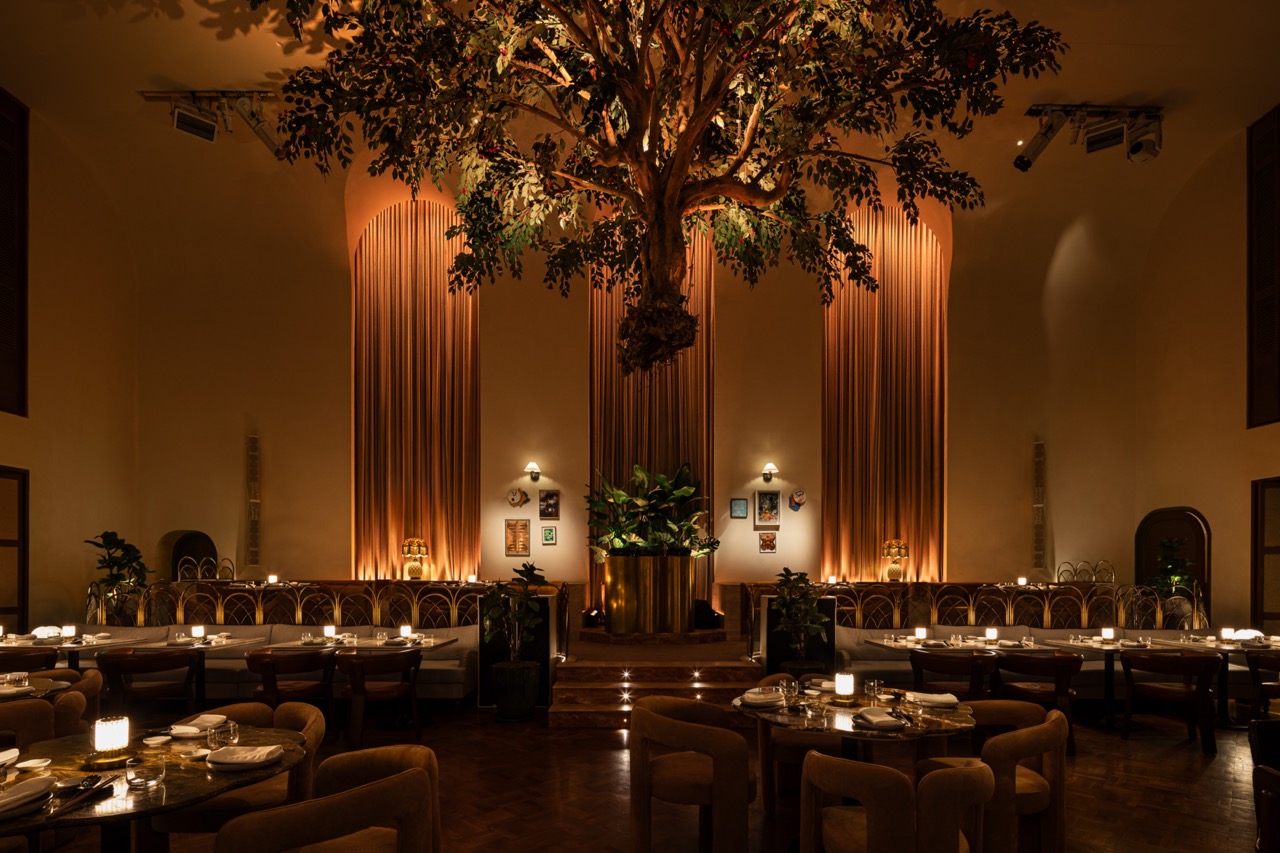
Uma Nota Manila: A Symphony of Brazilian and Japanese Design
Designed by The Odd Duck Studio, Uma Nota Manila offers its patrons a captivating space filled with different cultures. The restaurant is the third of its franchise, with branches in Hong Kong and Paris, as its owners bring a world class dining experience to Shangri-La at the Fort. It pays homage to the vibrant Nipo-Brasileiro subculture that emerged in São Paulo’s Liberdade district.
A Fusion of Cultures
Asmaa Said, founder of the Odd Duck, shared how they brought Uma Nota’s vision to life. The firm reaches beyond design as they also bring a full package that harmoniously presents Uma Nota’s brand. From its large arches filled with elegant drapes to the refined cutlery, the firm clearly paid careful attention to captivating the senses in an enticing and engaging manner.


Cultural nuances are clearly established as elements from Japanese, Brazilian, and Filipino culture are deeply intertwined with each other. The result is a truly unique atmosphere that brings together the liveliness and flavors that these countries have to offer. What truly stands out is the designer’s effort to bring this international brand closer to home with notes of local design.
The primary theme of the interior is a special blend of vintage Brazilian charm with Japanese elegance. The soul of old-school Brazilian jazz clubs meld into the spirited zen of Sino-tastes. The cuisine, Nipo-Brasileiro infusion, was born from the widespread Japanese community based in brazil. In that regard, Uma Nota Manila resoundingly manages to tell that story within its spaces.
Every element, from the floor-to-ceiling drapery and ambient lights to the pops of color and vintage accents, has been carefully considered to contribute to the overall narrative. A selection of local artwork, furniture, and decor seamlessly blends Brazilian and Japanese influences in a fashion legible to Filipino sensibilities.
An Odyssey Within
Four distinct areas define the layout of Uma Nota Manila, each with its own unique character and purpose. As guests navigate through these spaces, they embark on a journey that showcases the rich tapestry of Brazilian and Japanese cultures.
Living Room
A major focal point of the Living Room is the “Hanging Tree” installation. If you’re wondering if it’s real, the answer is yes. Made from petrified wood and imported from Dubai, its artificial leaves retain the appearance of liveliness. This additional installation fills the room with a sense of awe. The space transforms throughout the day as it transitions between an upscale dining area, an intimate and seductive evening space, and a place for festive celebration.
The Bar
Underneath the local hanging artwork, curated by The Empty Scholar, is the restaurant’s bar. It’s designed to encourage interaction and conversation while enjoying their selection of expertly crafted cocktails. The use of marble accents and gold art deco railings evoke a touch of sophistication. Homey accents bring a sense of comfort and familiarity with tasteful contrast.
Tropicalia
The Tropicalia room takes its inspiration from Brazilian arts, fashion, and music from the turn of the century. Vibrant terracotta hues and vinyl records reflect this influence as it establishes both nostalgia mixed in with contemporary charm. The space itself functions as a venue for celebrations as it captures the essence of movement and a suave groove. The furniture notably pops in color while artisanal artifacts fill the rows of shelving.
The Meiji Room
The Meiji Room refers to the first wave of Japanese migration to São Paulo during the Meiji era. A stunning Japanese mural seamlessly blends into the wall and ceiling in a compelling arrangement with the central dining table. It’s a more traditional area that values serenity with a more relaxed and seated design intention.
Crafted for the Senses
Uma Nota Manila captivates the senses in a slew of ways. The Odd Duck enthralls the eyes with a resplendent use of light within. Baseline Lighting Design Studio curated the combination of ambient, task, and accent lighting dictates the atmosphere as it shifts throughout the day.
The dimly lit entryway, reminiscent of traditional Japanese ryokans, features dramatic lighting and electric lanterns that complement the deep brown hues. As guests move into the main dining area, they are greeted by a contrasting lively scene filled with colors and lights that draws the sight in all directions.

Aside from its beautiful appeal, the designer made sure that the space is functional in serving its guests and managing staff. Each area is carefully laid out as they flow in respect to their assigned use. Whether it be for intimate gatherings, large groups, or for a round of drinks, it’s all organized so that its users can truly enjoy the space they find themselves in.
A Winning Recipe
More than just a restaurant, Uma Nota Manila brings diverse cultures and tastes that made its other franchises a resounding success in the first place. Through their dedicated process and experience in international design, The Odd Duck studio has managed to create a space that masterfully captures the imagination of its patrons. One cannot help but feel immersed in the sophisticated vibrancy of taste the restaurant has to offer.
Read more: Izakaya Geronimo: A Unique Twist on Japanese Dining
Photographed by Sergei Nekrasov.

